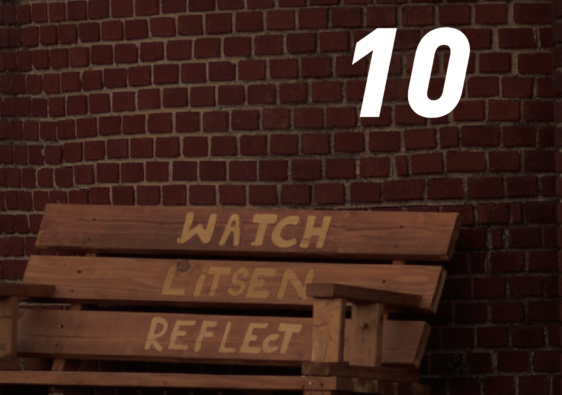1.Create Insight Statements
First of all, we need to determine the theme according to the research, and then brainstorm around the theme to transform the theme into the core idea of the research. Third, we need to review the design objectives to screen the ideas you put forward and keep the ideas that have direct relationship with each other. Next, we need to improve insight to make it more creative and keep teamwork. Finally, we use HMW to analyze and determine the prototype.

2.Examples of Insights for Design
- Full observation of life to accumulate design experience, through their own feelings to design products will get unexpected results.
- Get design inspiration from asking questions, not from research results, and specific problems need to be solved specifically, not in general.
- Choose more important direction and data for further research and design.
- The design should be logical and clear, and various functions should be obvious.
- Keep testing and give more confidence to the product by getting user feedback.

Conclusion:
Insight work is a creative process.
Researchers choose a good question, point out that it takes precedence over other questions, and Therefore, don’t limit the research content to data. The general truth is not necessarily data, thinking and solving problems from the perspective of people.

In addition, I found this related article:
https://uxplanet.org/what-are-insights-aa1f2d1b3b9c
Reading list:
Designkit.org. n.d. Design Kit. [online] Available at: <https://www.designkit.org/methods/create-insight-statements> [Accessed 24 April 2021].
Swette, R., 2017. Examples of Insights for Design. [online] Medium. Available at: <https://medium.com/ux-data/insights-for-design-real-anecdotes-b84309a8fc40> [Accessed 24 April 2021].
Published
2021/04/25 at 10:21 am



